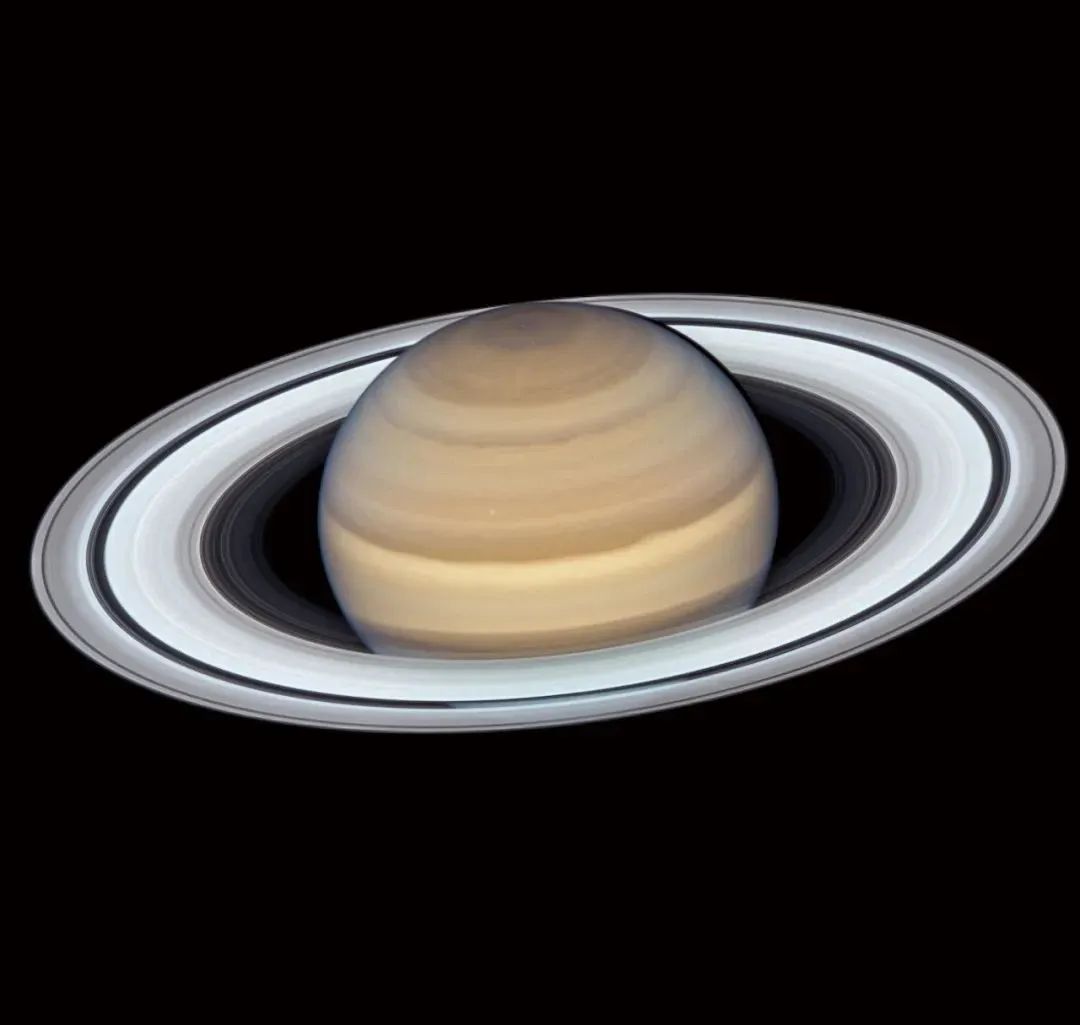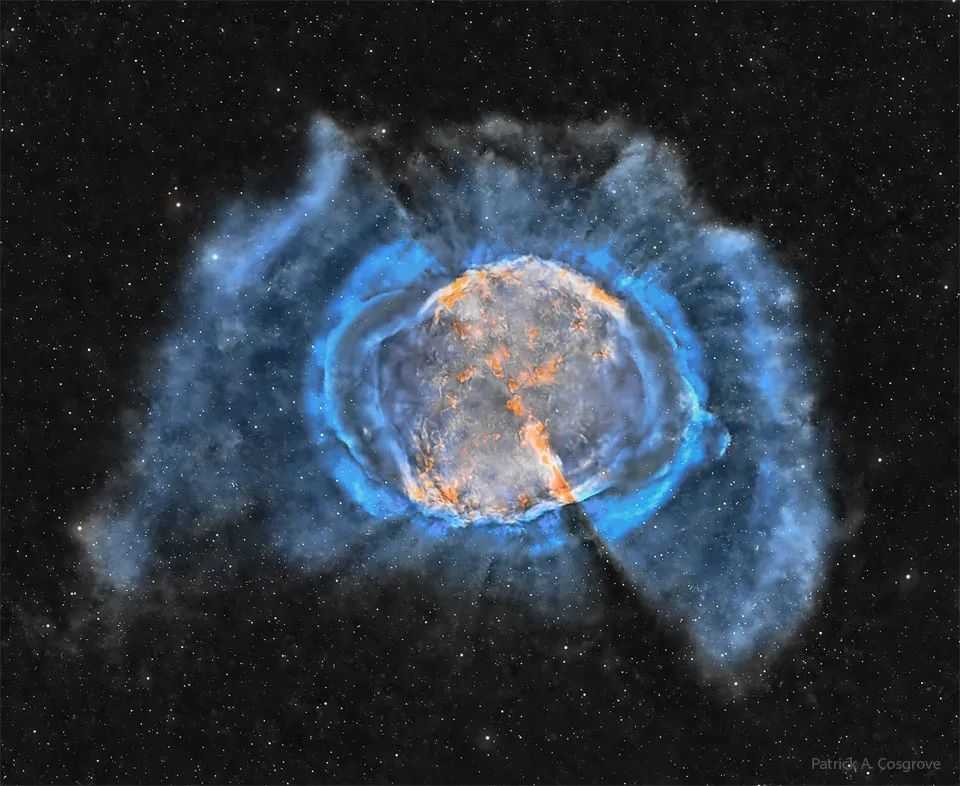These ethereal wisps are the last observable remains of a star that perished in a supernova explosion ~7,000 years ago, giving birth to the Veil Nebula. When the star detonated, its expanding gas cloud shone as brightly as a crescent Moon, lingering in Earth’s sky for weeks during humanity’s prehistoric era. Today, this supernova remnant—known as the Cygnus Loop—has faded, visible only through small telescopes pointed at the constellation Cygnus.
Though located ~1,400 light-years from Earth, the Veil Nebula spans over five times the Moon’s apparent size in the sky, a testament to its colossal scale. This striking composite, captured in mid-2024 from Kuwait, uses red to map hydrogen emission and blue to highlight oxygen glow, revealing the nebula’s faint filaments. Even in deep images like this, discerning its iconic threadlike structures requires a trained eye—the result of shock waves ramming through interstellar gas at 1,000 km/s.
"Astronomers estimate the original supernova would have been visible in daylight for days," says Dr. Nora Kassim of the Kuwait Astronomical Society. "Now, its remnant is a textbook example of how stellar explosions enrich the galaxy with heavy elements."
The Veil Nebula’s red hues arise from hydrogen atoms excited by the shock wave, while blue oxygen emissions indicate higher-energy interactions. The image’s clarity stems from narrow-band filters that isolate these specific wavelengths, cutting through light pollution to reveal details like:
- The Western Veil (NGC 6960): The nebula’s brightest segment, nicknamed the "Witch’s Broom" for its tangled filaments.
- The Eastern Veil (NGC 6992/95): A fainter complex of arcs and knots, formed as the supernova’s blast wave collided with denser gas clouds.
Such images serve dual purposes: artistic tributes to cosmic violence and scientific tools for studying stellar death. As the Veil Nebula continues to expand—now spanning ~110 light-years—it reminds us of the galaxy’s constant renewal, where each stellar explosion sows the seeds for future stars.




